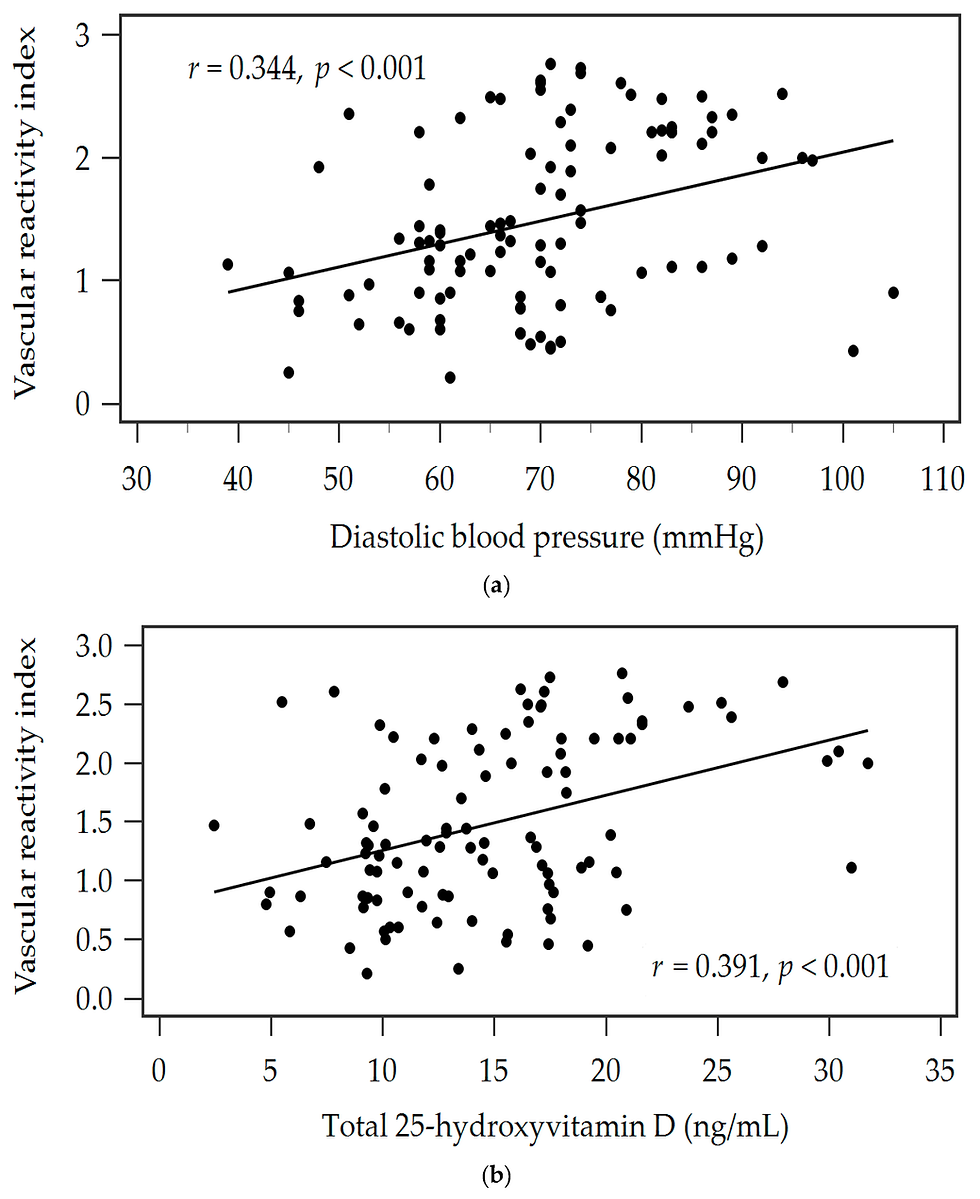Endothelial Dysfunction-related Neurological Bleeds with Continuous Flow-Left Ventricular...
- heartlung
- Jan 9, 2023
- 1 min read
Endothelial Dysfunction-related Neurological Bleeds with Continuous Flow-Left Ventricular Assist Devices Measured by Digital Thermal Monitor
Areeba Ali, Cesar Uribe, Raquel Araujo-Gutierrez, Ana S Cruz-Solbes, Hernan G Marcos-Abdala, Keith A Youker, Ashrith Guha, Guillermo Torre-Amione, Duc T Nguyen, Edward A Graviss, John P Cooke, Arvind Bhimaraj
ASAIO J 2021 May 1;67(5):561-566.
Abstract Endothelial dysfunction has been demonstrated in patients with Continuous Flow-Left Ventricular Assist Devices (CF-LVADs) but association with adverse events has not been shown. We used a noninvasive, operator-independent device called VENDYS® to assess vasodilatory function based on digital thermal measurements postrelease of a brachial artery occlusion in ambulatory patients with CF-LVAD (n = 56). Aortic valve opening and pulse perception were also documented before the test. Median duration of CF-LVAD support was 438 days. The VENDYS® test generates a vascular reactivity index (VRI). Outcomes for the CF-LVAD patients were compared between VRI < 1 and VRI ≥ 1. The bleeding events were driven primarily by a difference in neurologic bleeds. Multivariate analysis showed that VRI < 1 correlated with future bleeding events (HR: 5.56; P = 0.01). The C-statistic with the VRI dichotomized as above was 0.82. There was a trend toward a worse survival in patients with poor endothelial function. Endothelial vasodilatory dysfunction measured by a simple test utilizing digital thermal monitoring can predict adverse bleeding events in patients with CF-LVADs.
Read Full Text Here: https://journals.lww.com/asaiojournal/Fulltext/2021/05000/Endothelial_Dysfunction_related_Neurological.12.aspx
Copyright © ASAIO 2020



![Lipoprotein(a) levels predict endothelial dysfunction in maintenance hemodialysis patients: evidence from [VENDYS] vascular reactivity index assessment](https://static.wixstatic.com/media/dac531_5285607cc591409a9d83746f042af7c6~mv2.png/v1/fill/w_980,h_980,al_c,q_90,usm_0.66_1.00_0.01,enc_avif,quality_auto/dac531_5285607cc591409a9d83746f042af7c6~mv2.png)
Comments